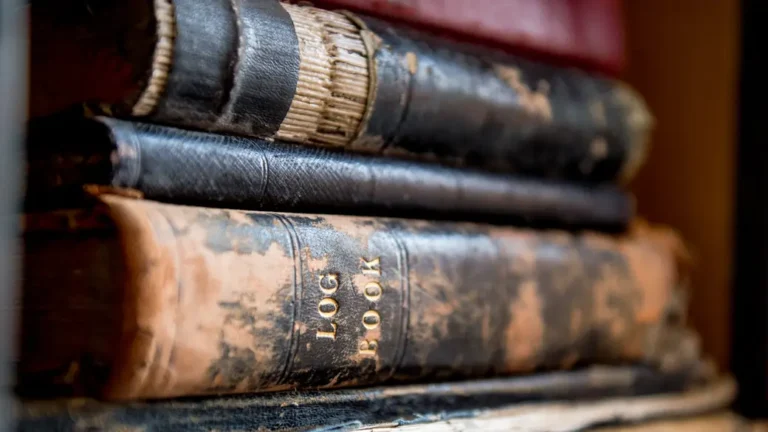State vs Private School
Choosing the right school for your child is an important decision and needs to be considered carefully. In the UK, parents can sometimes be torn between state and private schools. Both options have their negatives and positives, but understanding the nuances of difference can help make this decision easier. This piece will delve into the differences between state and private schools, examining costs, academic results, extra-curricular activities, and more, providing you with a comprehensive overview to help you make your decisions.
What sets state and private schools apart?
The primary difference between state and private schools is to do with how they are paid for and who governs them. State schools are funded by the UK government and a school place should be available at a state school for every pupil in the UK. In contrast, private schools which are also known as independent schools (and sometimes known as public schools), are dependent on tuition fees which are paid by the pupils’ families. Due to this, private schools usually offer superior facilities and smaller class sizes. They not only have financial independence but usually more independence over the curriculum as well.
Private school expenses: What should you expect?
If you wish your child to attending a private school in the UK you need to be aware that it is a large financial investment. Annual fees are usually in a range from £7,000 to £50,000 depending on the where the school is situated and how popular it is, both locally and abroad. There are also additional costs, often also found in state schools. These will include uniforms, textbooks, and extra-curricular activities. It is worth nothing that whilst all state schools charge parents for lunches, not all private schools do.
Understanding the private school system
Private schools can best be summarised as independently run institutions which charge their parents tuition fees. They are popular amongst families because they often provide smaller class sizes and a wider variety of subjects, combined with dedicated facilities, and a broader range of extra-curricular activities than state schools. It is important to note that many private schools offer scholarships (to celebrate academic or other successes) and bursaries (to help with tuition fees for financially disadvantaged students).
Exploring the world of state schools
State schools are funded by the government and offer free education to all children in the UK. This is an extensive network of educational institutions which includes primary and secondary schools. All state schools, except academies, must follow the National Curriculum. The Government is currently consulting on whether or not to bring academies into line with the rest of state education.
What are grammar schools?
Grammar schools are a type of state school that provide free education but select their pupils solely based on academic ability (although they may have additional admissions criteria). This is usually assessed through an entrance exam known as the 11 plus. Grammar schools are known for their top-notch academic performance due to selecting children based on academic ability.
The cost of private schooling: A detailed look
If you are considering private school, it is important to note that the financial commitment for independent schooling does extend beyond simply annual fees. Parents may need to consider the costs of boarding (where the child lives at school during term time), transport, overseas trips, and school books (although most of these extra expenses will also apply at state schools).
Comparing exam results: Private vs State
Private schools do sometimes boast higher exam results compared to state schools, which can be attributed to smaller class sizes, individual attention, and extra child-focused resources. However, many state schools, especially grammar schools, also achieve excellent results, and it is important to note that the differences in exam results may be minimal depending on the school and area and therefore may not always justify the cost for every family.
Can you combine private and state schooling?
Yes, although not at the same time. However, over the course of a child’s lifetime, it is of course entirely possible for a child to attend a mix of private and state schools at different stages. For example, families may choose private education for primary years (usually called a ‘prep’ or ‘junior’ school) and then shift to state schools for secondary education, or vice versa, depending on the needs of the child and how best they will be met by the schools.
Sports in private vs state schools
Private schools usually have excellent sports facilities and prioritise sports as an important part of their curriculum. Usually they have extensive facilities and a large range of sports available, with staff expertise to match. In contrast, state schools face budget constraints which limit these opportunities. However all state schools are obliged by the Government to encourage sports as part of the overall curriculum.
Extra-curricular activities: A tale of two systems
Private schools will usually offer a wide variety of extra-curricular activities due to more resources, including staff, being available to help. They often include music, arts, drama, and other specialised clubs such as chess. State schools may offer fewer options but do of course strive to provide meaningful activities which allow student development within budget limitations and a shorter school day.
Government regulation of schools
Both state and private schools must adhere to government regulations concerning curriculum standards, safeguarding, and accountability. However, private schools do have more autonomy in teaching methods and curricula. They, however, still face inspections by regulatory bodies such as Ofsted or ISI to ensure standards are met. Academies currently have more freedom on curricula too.
Class sizes in state and private schools
Class sizes are usually much smaller in private schools, giving more personalised attention and a supportive learning environment. State schools traditionally have larger class sizes, depending on available resources and published admissions numbers, which can affect the level of individual attention pupils receive.
Our tutors are rated 4.9 / 5 based on 1116 reviews.










Start the discussion!